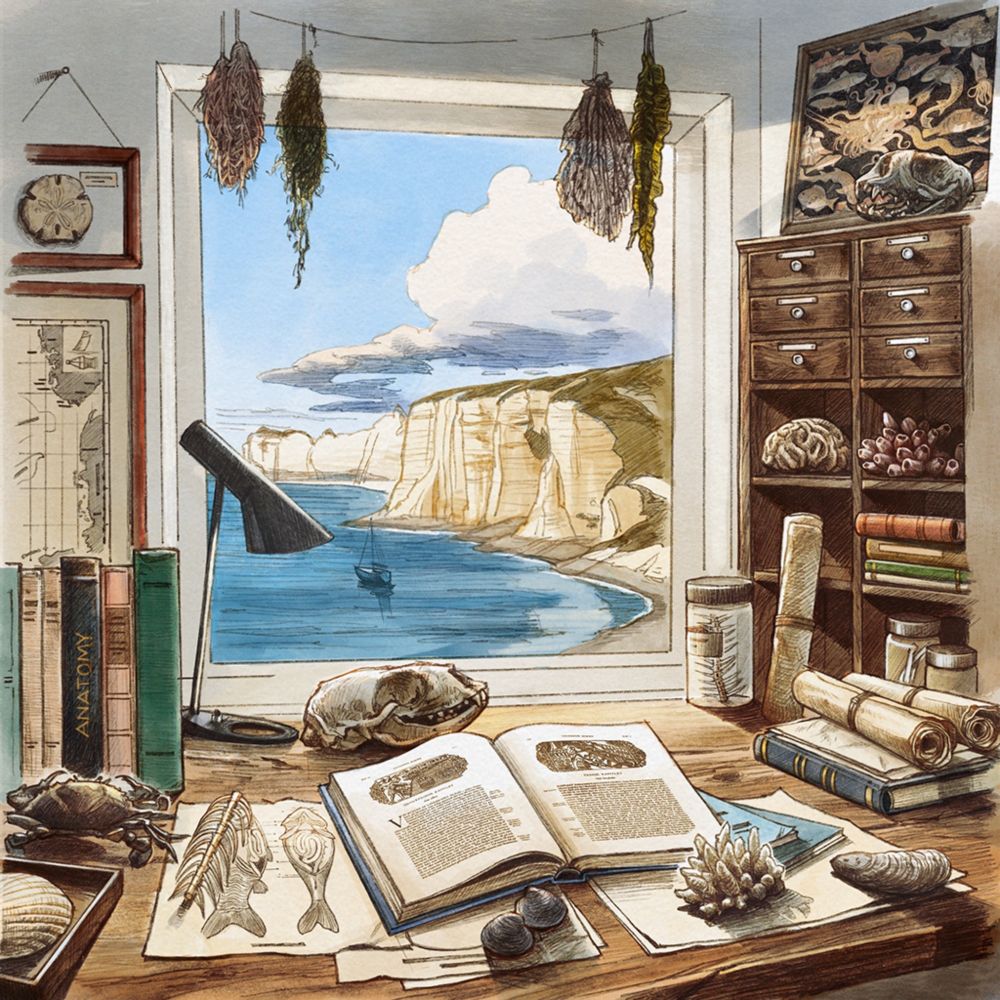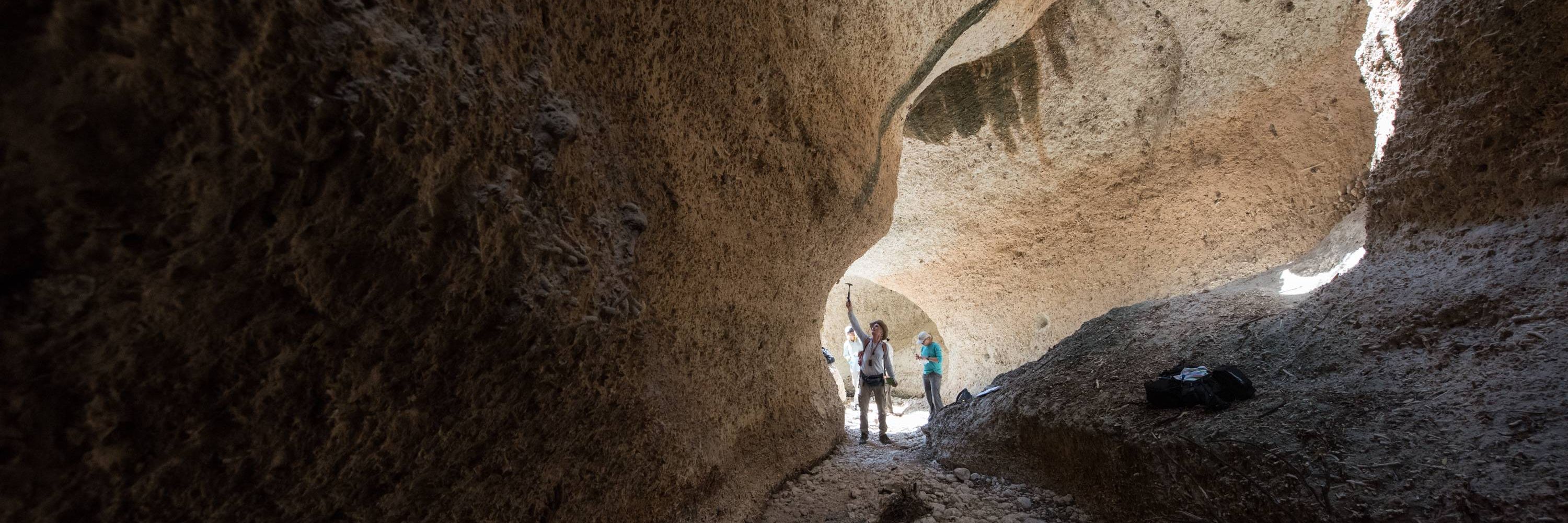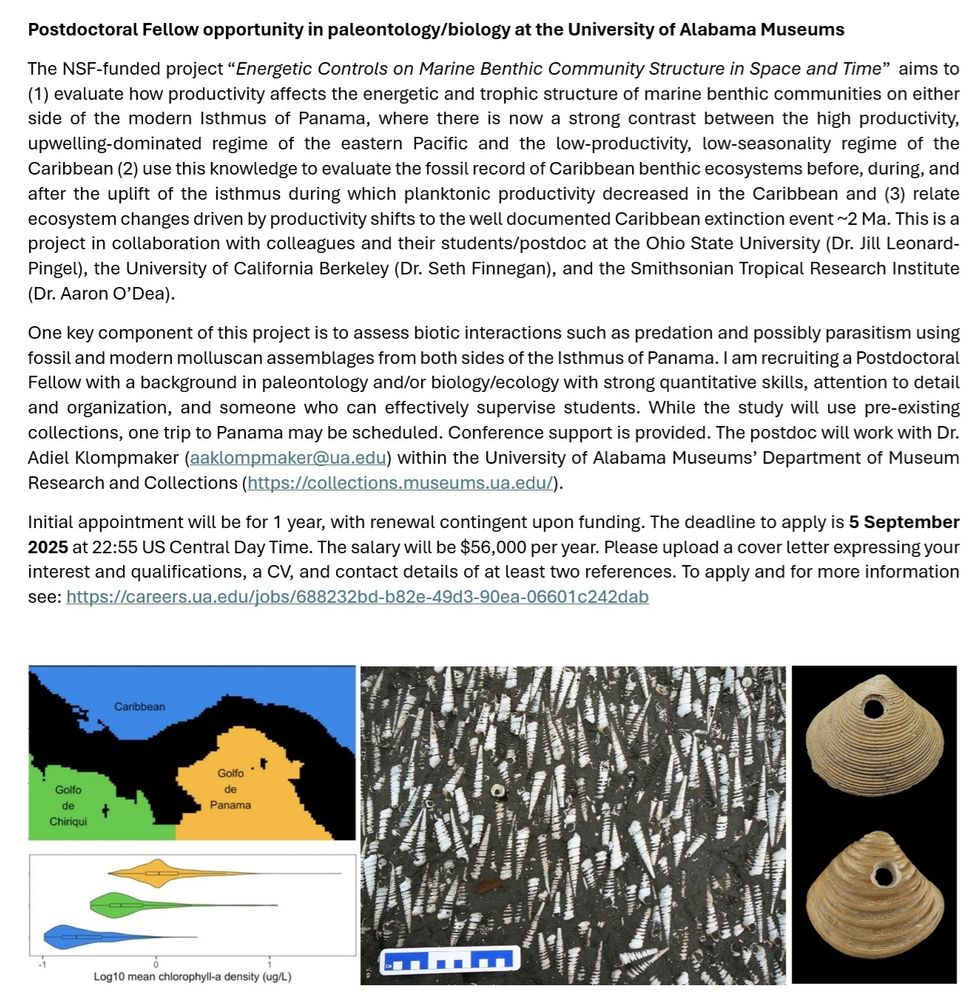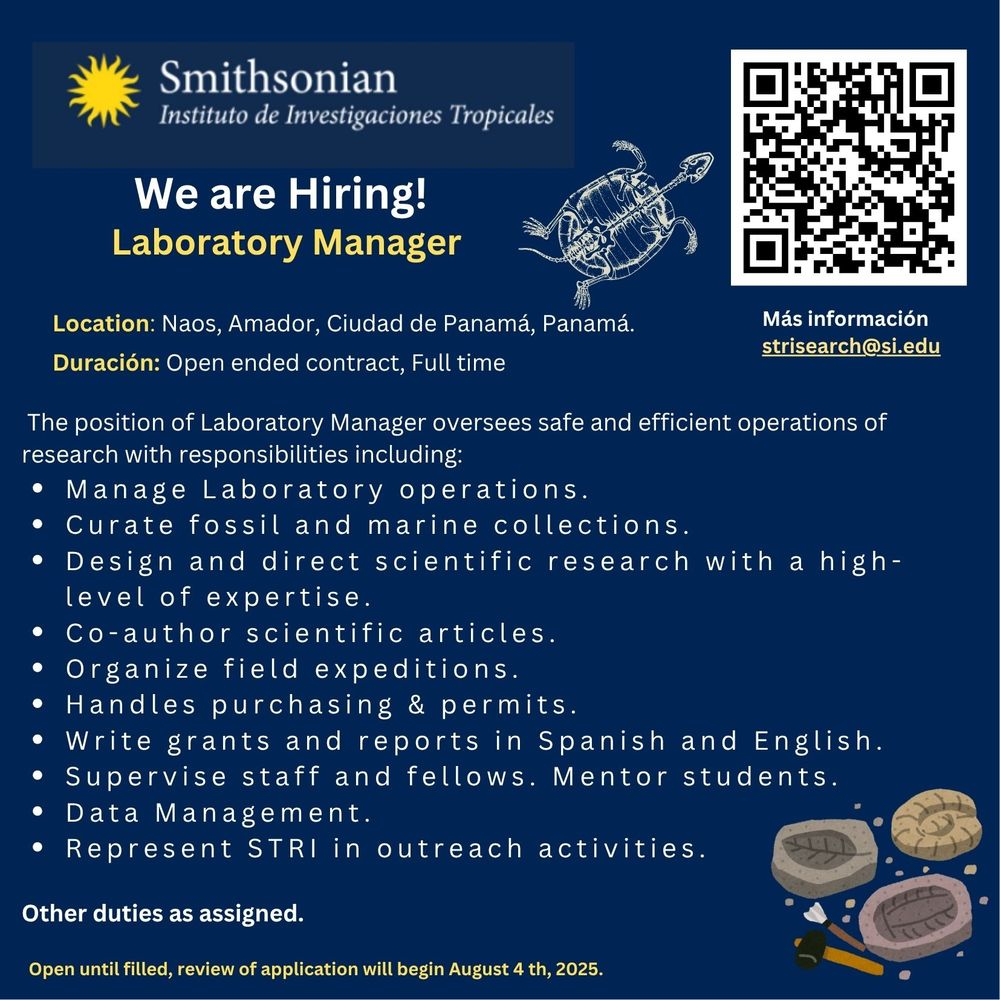Aaron O'Dea
@odealab.bsky.social
740 followers
370 following
690 posts
Tropical pale(o)biologist and reef historical ecologist in Panama. Eejit by birth. Father of two treasures. Author of "A History of Life in 100 Fossils" and "Martina and the Bridge of Time". www.odealab.com
Posts
Media
Videos
Starter Packs
Reposted by Aaron O'Dea
Reposted by Aaron O'Dea
Adiel Klompmaker
@paleoadiel.bsky.social
· Aug 29
Reposted by Aaron O'Dea
Aaron O'Dea
@odealab.bsky.social
· Aug 4

Ocean deoxygenation linked to ancient mesopelagic fish decline - Communications Earth & Environment
Historical phases of ocean oxygen minimum are associated with near extinctions of mesopelagic fish, suggesting risks of future deoxygenation to marine fisheries due to warming, according to an analysi...
www.nature.com
Aaron O'Dea
@odealab.bsky.social
· Jul 10
Jon Cybulski
@jonscibulski.bsky.social
· Jul 10

Historical ecology of the Southern Central American Pacific coast | Philosophical Transactions of the Royal Society B: Biological Sciences
The Pacific coast of the Southern Central American Isthmus is a highly productive and biodiverse region with a rich human history. Although the interaction of the oceans, climate, biodiversity and early human systems has shaped the region’s ecology, ...
royalsocietypublishing.org




























